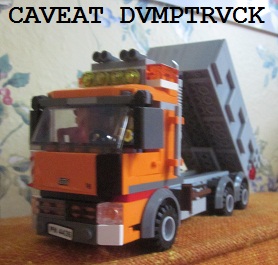I've been trying to eat more beans or other legumes and vegetable protein.
After my cancer, my weight dropped below 70 kg, but four years later I have completely bounced back to my pre-cancer weight equilibrium, which, frankly, I think is just a bit heavier than my ideal, which I'd put at around 75 kg, maybe. I'm currently about 84 kg.
Back in 2006-2007, when I successfully dropped from around 120 kg down to 80 kg, I did so through three main lifestyle changes: 1) walking everywhere as my primary mode of transport, 2) reducing stress by quitting that horrible job in Long Beach, and 3) eating an almost entirely vegan diet.
So, being vegan is not easy, and especially in Korea. In fact, I have no ideological interest in being vegan – therefore, for example, I have no issues with eating meat when out with coworkers or friends or whatever. Nevertheless, I recognize that less meat is probably healthier, and so I try to balance my daily diet toward vegetable proteins. The hardest thing, always, has been reducing or eliminating cheese intake – despite my lack of taste buds, there are still aspects of cheese that I enjoy, including the satiety it grants, the strong, nostalgic smell of things like mac and cheese or pizza, and whatever 'mouthfeel' is, I still experience that, too.
Anyway, all of that is background to mention I was going eat some beans, today, with my rice. And although I sometimes cook my beans from scratch, I also sometimes get lazy and use canned beans. The Korean market for canned beans doesn't run further than simple "pork and beans" type things, or I guess I've seen the native red beans pre-cooked in cans, but of course that product is painfully sweetened – like the red bean paste that is so popular here – I find such sugary prepared legumes almost unbearable (if you're not familiar with it, imagine some Mexican-style refried beans, with a cup of sugar added for good measure). So mostly if I buy canned beans I prefer to get Anglosphere brands (i.e. US or Australian products in Korean supermarkets). They're hardly expensive and easy to find, and so I buy them frequently.
Now, to talk about what I really wanted to talk about: I wanted to open my can of beans, imported from Australia.
Most canned foods, these days, have those "pop tops" – you pull the tab, the can opens. I don't, therefore, own a can opener.
But this can of beans I'd bought didn't – it had the old style top: just your plain surface tin can.
The convenience store downstairs in my building sells can openers – I've seen them there, in a little display with some other common simple housewares. But I have a different approach: a very "low tech" approach, that might be familiar to my grandfather's generation.
My pocket knife (a "Swiss Army Knife" as they're called) has as a can opener tab. It's quite useful, though entirely old-fashioned. You have to develop the right rhythm of push, tilt, advance, retreat, but you can walk it around an old-style can in about the same amount of time as with a normal manual can-opener.
It occurred to me that despite being fully embedded in the 21st Century, with my computer stuff and my smartphone and my highly urban existence on the edges of the Seoul megalopolis, I still use this antiquated method of opening my canned food. And it's worth observing that that pocket knife is now 30 years old – I received it as a gift in 1988.
I snapped a picture (right). The can that I wanted to open, on the left, and a more typical 21st century can on the right, with my low-tech solution below.
[daily log: walking, 6.5km]

